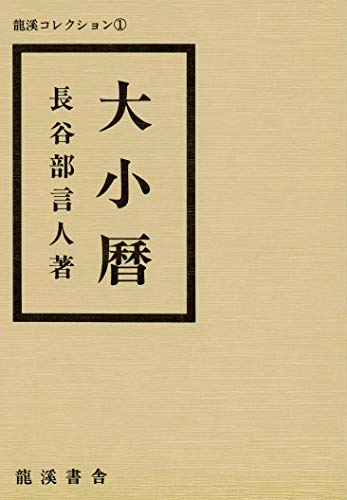11 0 0 0 OA 野島貝塚出土ネコ頭骨について
- 著者
- 長谷部 言人
- 出版者
- The Anthropological Society of Nippon
- 雑誌
- 人類學雜誌 (ISSN:00035505)
- 巻号頁・発行日
- vol.65, no.3, pp.128-134, 1956-12-30 (Released:2008-02-26)
The findings of skeletal remains which have been claimed to represent the prehistoric cats of Japan has been reported, but few of these claims have been made on scientific ground.The writer examined the cranium of a cat which was found in the Nojima Shell-mound of Kanagawa Prefecture by Mr. N. AKABosxr, by means of comparative osteometric method. There are actually another bones of cat from the same site, but as regards cranial bones among them only a juvenile lower jaw and an adult upper jaw permit osteometric measurements.The cranium has been well preserved and almost complete, from which, however, some parts of the zygomatic region and about a half of the upper and lower teeth have been missing. It should be of an adult individual but its sex is unknown. The teeth are slightly worn. The writer compared 34 measurements and 8 indices of the cranium with those of 13 crania of domesticated cats (9 from Honshu, Japan; 1 from S. America; 2 from Germany; 1 of unknown origin) and 8 crania of wild cats (1 from Tsushima, Japan; 1 from Korea; 2 from Ceylon; 1 from India; 2 from Africa; and 1 of unknown origin). The comparison shows the results as the followings:1) The Nojima cat is not markedly different from the domesticated cats from Honshu in any individual measurement except in two or three indices. It is quite similar to the wild cats from Korea and Tsushima.2) Morphologically speaking, the so-called cat represented by the isolated jaws from the Nojima Shell-mound and a lower jaw from the Ichioji Shellmound of Aomori Prefecture conform to wild cat.3) Dimensions of the Nojima cat show close similarity to those of the wild cats from Tsushima, Korea, Ceylon, and India. Those cats from Asia are well differentiated from the African wild cats which are larger in general feature and stronger in biting structure.4) The domesticated cats from Honshu resemble to the wild cats from Asia, and the domesticated cat from Germany to the wild cats from Africa.5) The Nojima cat should be a kind of Asian wild cat. Although it is difficult to segregate the Nojima cat from the domestcatied cats from Honshu, there is no reason to regard the former as the ancestor of the latter. On the other hand there seems to be a tendency in Japan to believe that all domesticated cats in Japan have been descended from imported species, but it is also doubtful.
- 著者
- 濱田耕作 島田貞彦著 . 長谷部言人著 . 濱田耕作著
- 出版者
- 京都帝国大学
- 巻号頁・発行日
- 1921
1 0 0 0 日本石器時代家犬とシャカール
- 著者
- 長谷部 言人
- 出版者
- 日本人類学会
- 雑誌
- 人類學雜誌 (ISSN:00035505)
- 巻号頁・発行日
- vol.58, no.11, pp.427-430, 1943
1 0 0 0 長谷部言人博士喜寿記念論文集
- 著者
- 長谷部言人博士喜寿記念会編集
- 出版者
- 長谷部言人博士喜寿記念会
- 巻号頁・発行日
- 1964
1 0 0 0 中尊寺のミイラ(座談会)
1 0 0 0 OA 水莖氏舊藏、大英博物館藏埴輪土偶の寫生圖
- 著者
- 長谷部 言人
- 出版者
- 日本人類学会
- 雑誌
- 人類學雜誌 (ISSN:00035505)
- 巻号頁・発行日
- vol.55, no.6, pp.297-299, 1940 (Released:2010-06-28)

